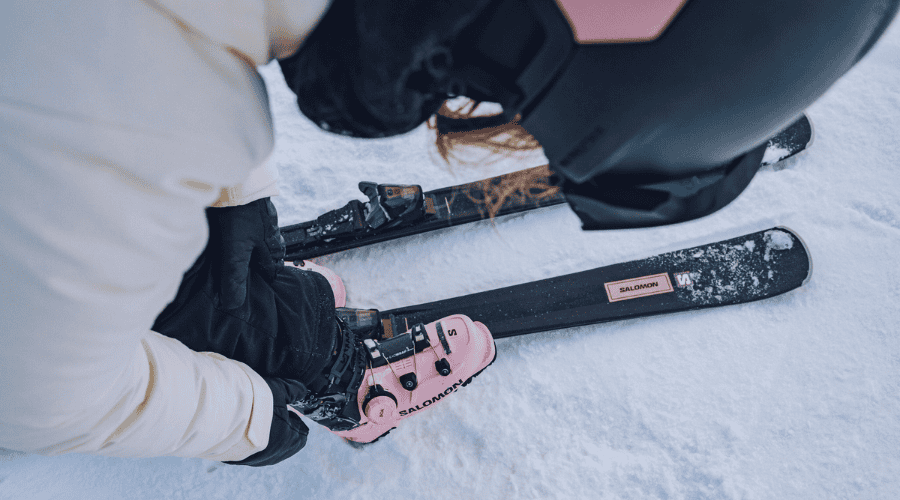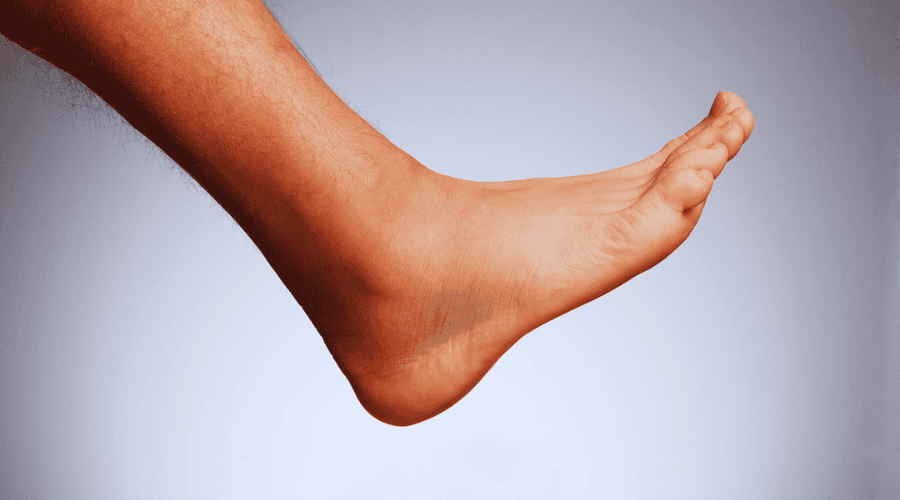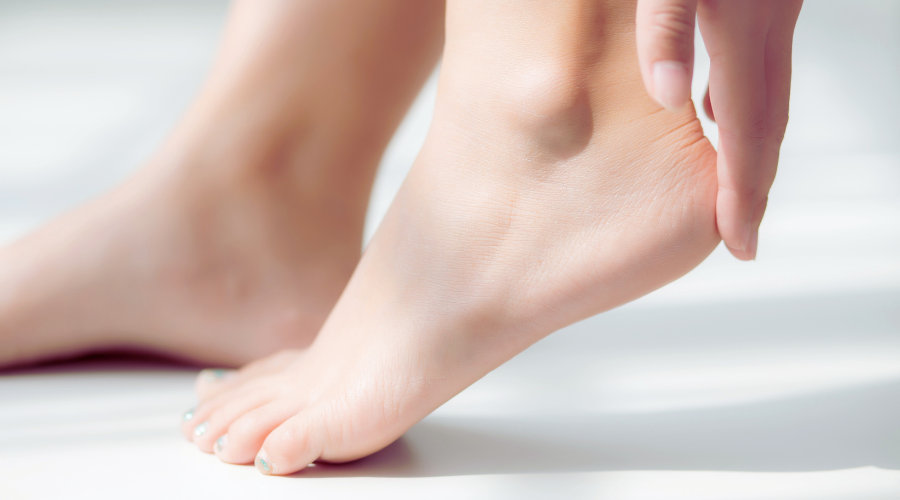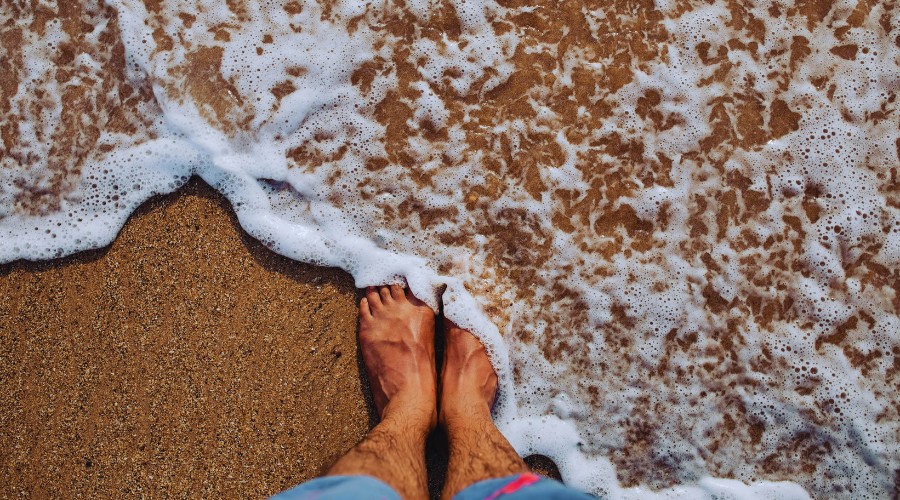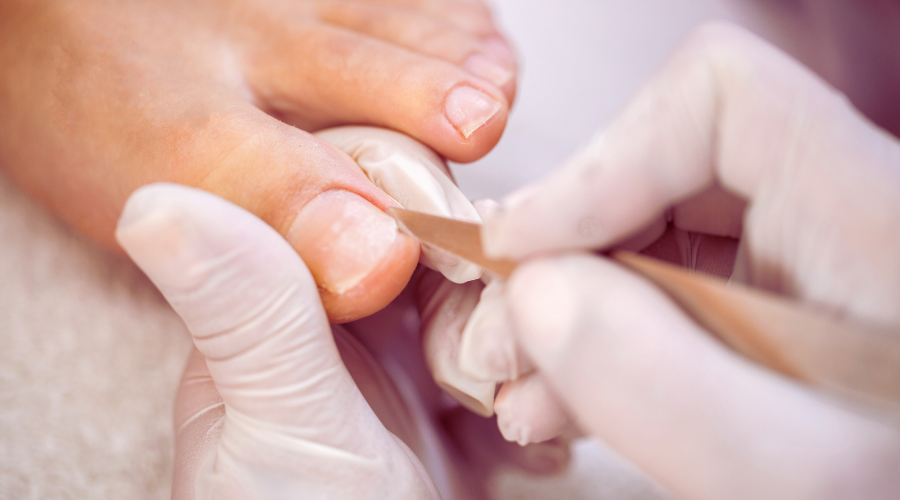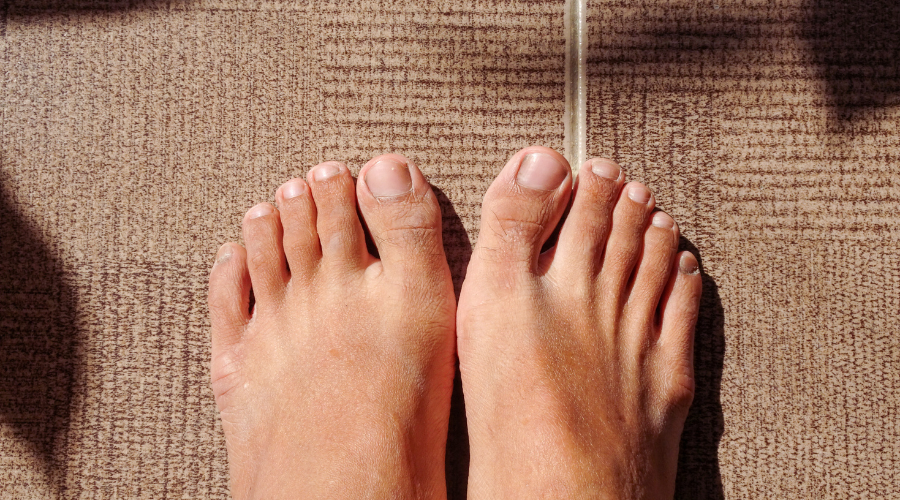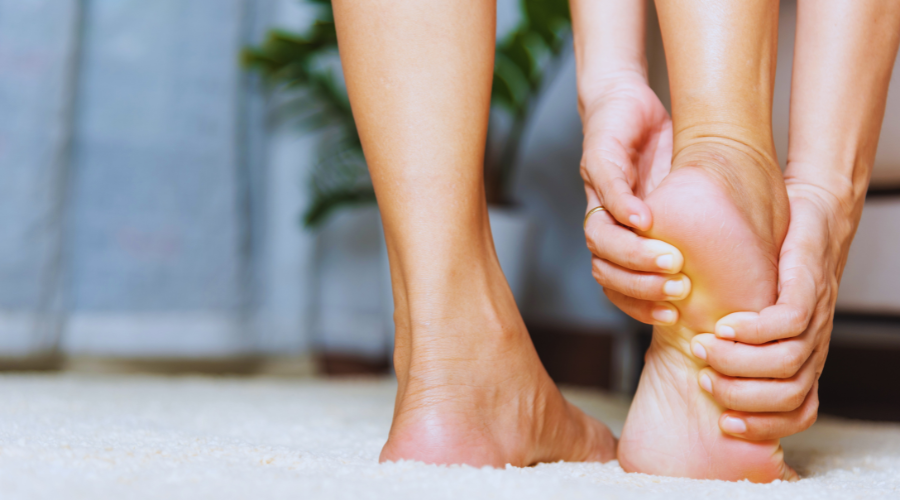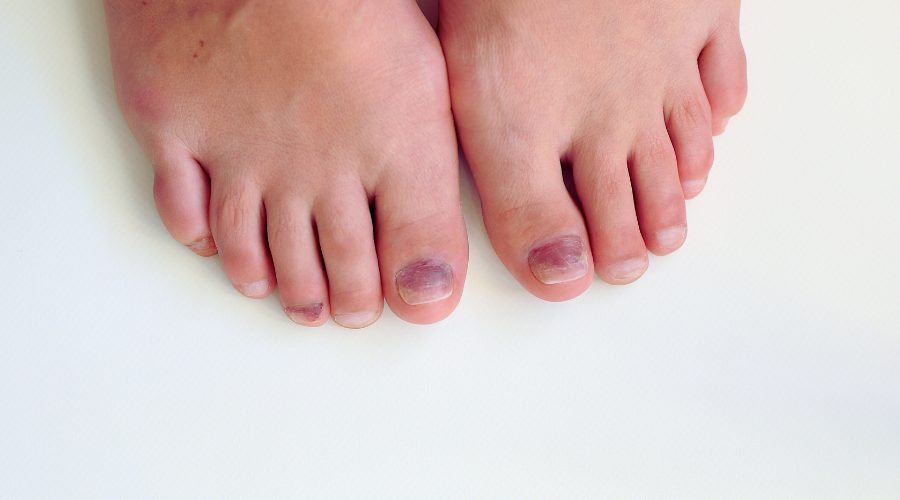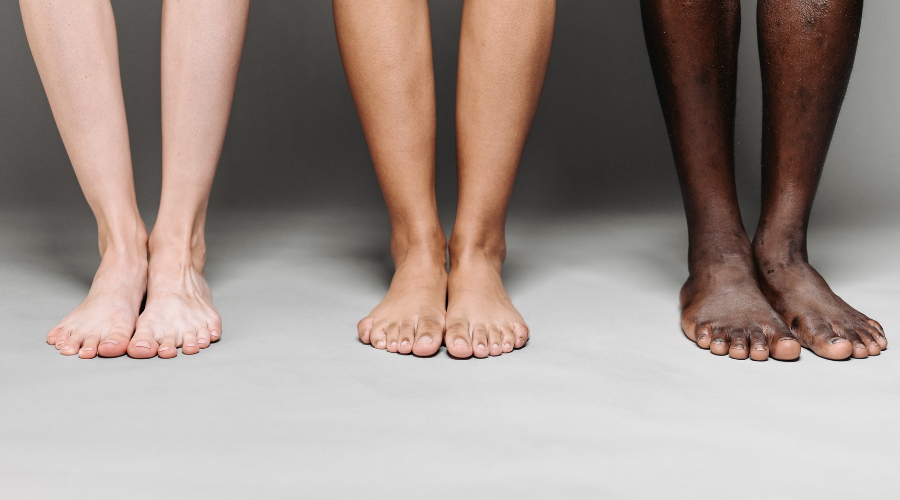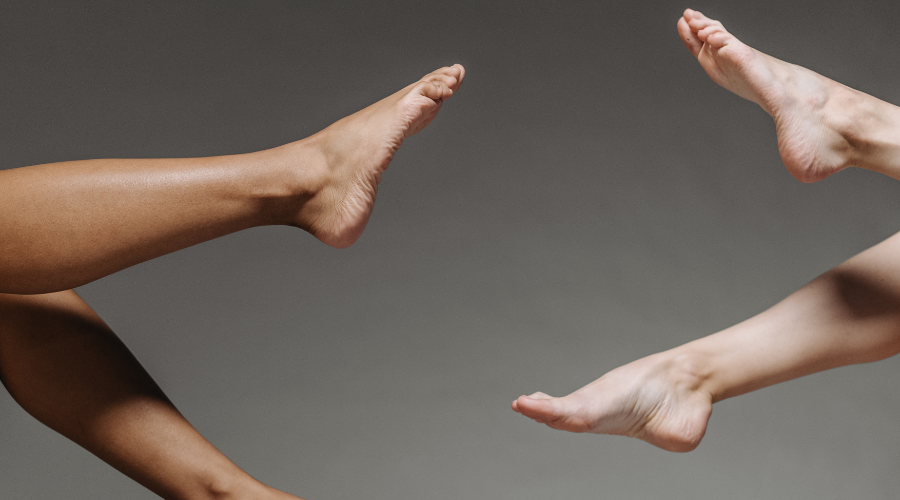Today we’re talking all things athlete’s foot. Find out about the symptoms, causes, and treatment of athlete’s foot, as well as some ways to avoid contracting it.
What Is Athlete’s Foot?
Athlete’s foot is a skin infection which is caused by a fungus. It’s fairly common and can affect anyone – not just athlete’s as the name suggests.
It is highly contagious and often contracted from wet floors, damp footwear and communal wet areas like showers and bathrooms.
Once contracted, it causes the skin of the foot to break down. Then the fungi get into your skin through these weak spots on your foot and spread to the surrounding skin.
Common Symptoms Of Athlete’s Foot
Most people notice a change around their toes. The infection can also be present on the soles of the feet.
Common symptoms of athlete’s foot can include:
Cracked skin
Peeling skin
Inflamed skin
A dry, scaly rash
A moist, flaky rash
Blisters between the toes, or on the foot
Burning or stinging sensation between the toes or on the sole of the foot
If untreated, symptoms could extend to the following:
Bleeding
Unpleasant foot odour
Oozing blisters
Foot pain
Fungal nail infections
Common Causes Of Athlete’s Foot
There are a few things that could contribute to the development of athlete’s foot.
Common causes of athlete’s foot include:
Excessively sweaty feet
Not drying your feet after showering (especially between the toes)
Wearing closed shoes that don’t allow any circulation
A weakened immune system
Going barefoot in public or communal bathrooms and showers
Wearing the same socks for long periods
Common Treatments Of Athlete’s Foot
There are a few options when it comes to treating athlete’s foot.
Depending on the severity, you may be able to treat it with over the counter medication, or if more serious, you may need to see your GP or a podiatrist for more aggressive treatment.
Basic treatment could involve:
Washing and drying your feet carefully daily
Switching from synthetic to cotton socks
Switching to breathable shoes
Wearing open shoes where possible to allow air to circulate around the affected areas
Making sure your shoes and socks are always dry
Medical treatment options include:
Anti-fungal cream, gel, ointment, powder or spray – available over the counter
Anti-fungal tablets – available on prescription from your GP
Fungal nail treatment – if the infection has spread to the nails
Ways To Avoid Athlete’s Foot
There are several simple things you can do to protect yourself from contracting athlete’s foot.
Keep your feet dry and clean. Always dry between your toes.
Wear socks made from natural fibres like cotton that allow your foot to breathe.
Choose shoes that allow circulation of air to your feet.
Always wear thongs in public or communal wet areas like changing rooms, swimming pools , nd bathrooms.


